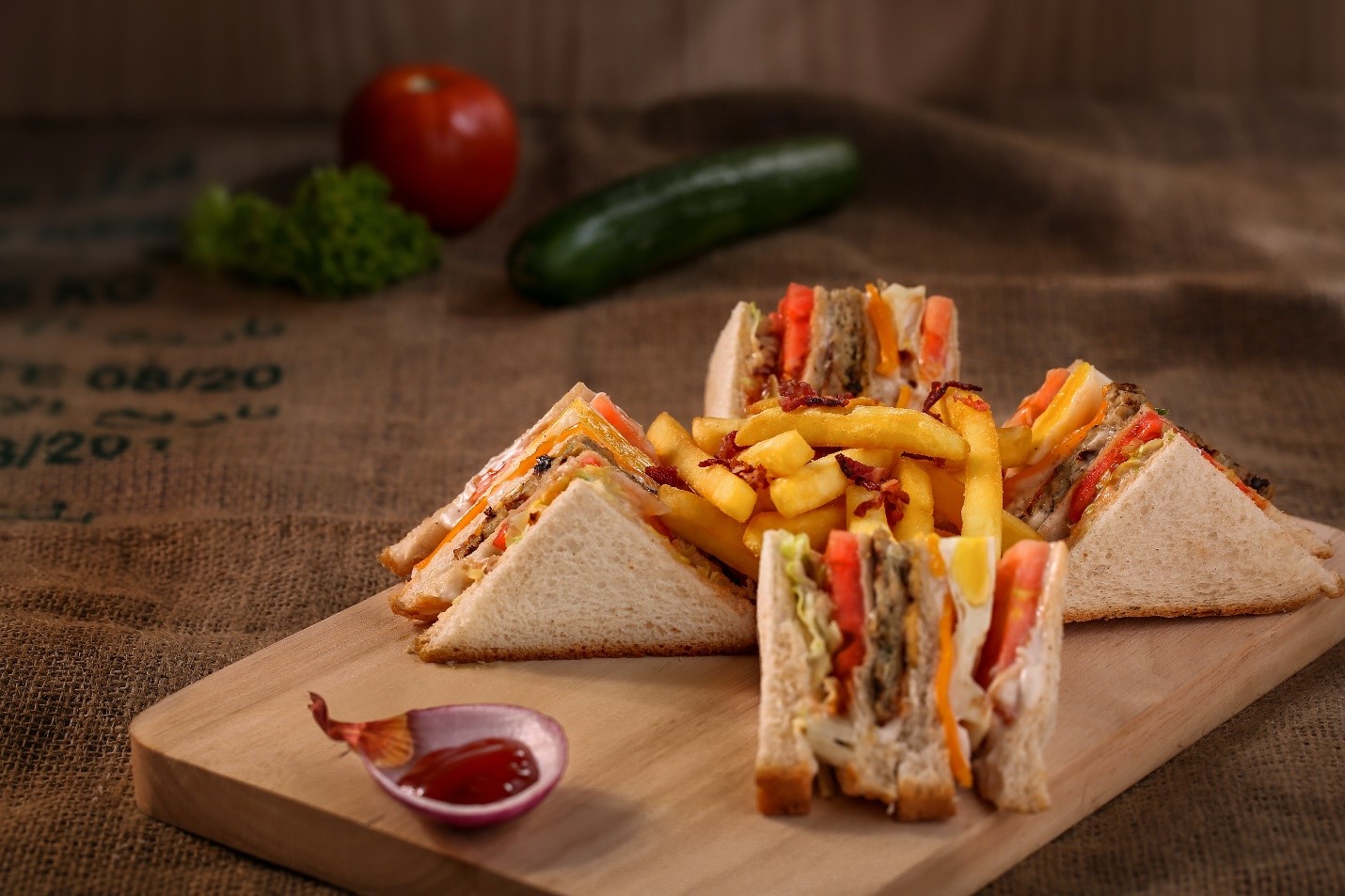Lighter options, richer flavors: Exploring dairy substitutes in modern cuisine

Lighter options, more decadent flavors: Exploring dairy substitutes in modern cuisine
In the ever-evolving landscape of culinary arts, the exploration of dairy substitutes has become a focal point for chefs and food enthusiasts alike. As more people embrace diverse dietary preferences and lifestyle choices, the demand for plant-based and alternative dairy products has skyrocketed. Whether due to health concerns, ethical reasons, or simply a desire for culinary experimentation, individuals seek dairy substitutes that offer a lighter impact on the environment and a more decadent array of flavors.
This article delves into dairy alternatives, highlighting the various options available and how they can elevate modern cuisine to new heights.
The rise of plant-based dairy alternatives
In recent years, the popularity of plant-based diets has surged, leading to a significant increase in the demand for plant-based dairy substitutes. Almond, soy, oat, coconut, and rice milk are just a few examples of various dairy alternatives that have gained prominence. These plant-based milk offer a creamy texture akin to traditional dairy and bring distinct flavors to the table.
Almond milk, with its nutty undertones, complements coffee and baked goods, while soy milk’s neutral taste is a versatile addition to savory and sweet dishes. The rise of these plant-based dairy substitutes has allowed individuals to maintain the essence of their favorite dairy-based recipes while exploring new culinary possibilities.
Beyond milk substitutes, plant-based alternatives extend to yogurt, cheese, and butter products. Vegan yogurt crafted from nuts, seeds, or soybeans provides a tangy and creamy experience, perfect for breakfast bowls or smoothies. On the other hand, non-dairy cheeses made from cashews, coconut, or nutritional yeast have emerged as delectable alternatives for those seeking to savor the rich umami flavors without compromising on dietary preferences.
Many dairy alternatives, such as coconut cream, nut-based creams, and plant-based cream products, have similar fat content and consistency to dairy cream. As a result, they can be effectively whipped using a cream charger such as a 3.3l cream charger to create a dairy-free whipped cream or foam. The nitrous oxide gas in the cream charger acts as fuel, causing the fat molecules in the cream substitute to expand and create the desired airy texture.
The allure of nut-based dairy substitutes
In recent years, nut-based dairy substitutes have gained traction, captivating food enthusiasts with their versatility and distinctive flavors. Cashew cream stands out as a favorite among these alternatives due to its smooth and velvety texture. Cashew cream can be used as a base for sauces, dressings, and desserts, imparting a richness akin to heavy cream while remaining entirely plant-based. Furthermore, the neutral taste of cashews allows the flavors of other ingredients to shine, making it an ideal addition to sweet and savory dishes.
Another popular nut-based dairy substitute is almond ricotta, a creamy and flavorful alternative to traditional dairy ricotta. This vegan version offers a light and airy texture, suitable for filling ravioli, layering lasagna, or spreading on crostini. Almond ricotta’s adaptability in Italian and Mediterranean cuisines has made it a sought-after option for those looking to enjoy classic dishes without animal-derived ingredients.
Embracing the creaminess of coconut
Coconut has become a culinary superstar, particularly in dairy substitutes. Its creamy consistency and tropical taste have captivated chefs and home cooks alike. Coconut milk, extracted from the flesh of mature coconuts, has become a staple ingredient in various cuisines worldwide. It is a critical component in many savory curries and stews and a fundamental ingredient in creamy coconut-based desserts.
Coconut cream, derived from the thicker, creamier part of coconut milk, is another beloved dairy alternative. It can be whipped to create dairy-free cream, adding a luscious finish to desserts like pies, cakes, and fruit parfaits. Moreover, with its rich texture and subtle coconut aroma, coconut oil is frequently used as a substitute for butter in baking recipes, resulting in tender and flavorful treats.
Exploring innovations in dairy alternatives
As the demand for dairy substitutes continues to grow, innovative companies continually push the boundaries to offer new and exciting products to consumers. Among these innovative dairy alternatives are pea-based products, which have recently gained popularity for their sustainable nature and nutrient-dense profile.
Pea milk, crafted from yellow peas, is a creamy, protein-rich alternative to traditional dairy milk. It is also a rich source of essential amino acids, making it a viable option for individuals seeking a more robust plant-based protein source.
With that said
As the culinary world continues to evolve, exploring dairy substitutes has become a dynamic and exciting journey. From plant-based milk to nut-based creams and innovative alternatives, modern cuisine continually expands its horizons to cater to diverse dietary preferences and sustainability concerns. Embracing dairy substitutes opens a world of culinary possibilities and encourages a more conscious and thoughtful approach to food consumption.
Passionate Writer, Blogger and Amazon Affiliate Expert since 2014.




























